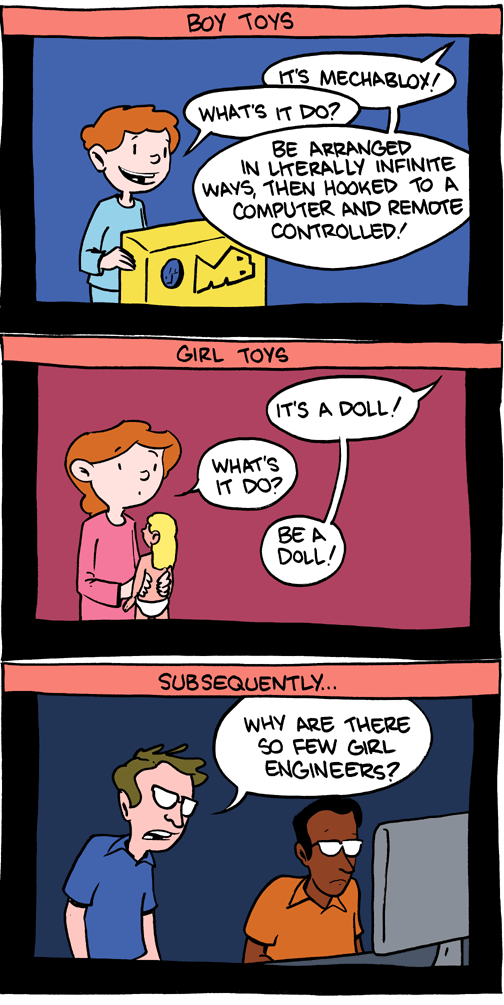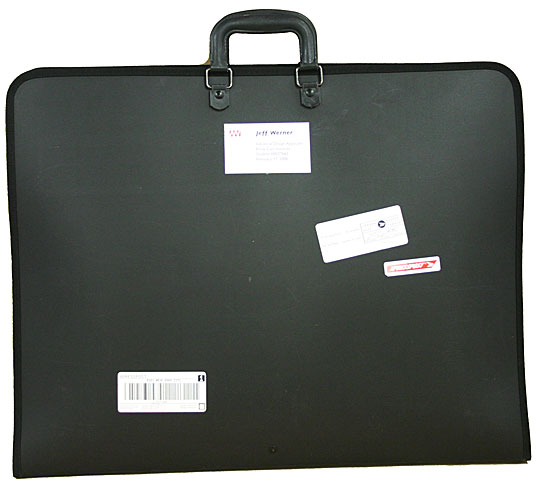 This summer I am in the process of realizing 3.5 designs and working on another. I was hired to design costumes and scenery for two upcoming shows in the Cabaret space at Triad Stage in conjunction with UNCG's Theatre 232. The two pieces, The Actor's Nightmare and Sister Mary Ignatius Explains it All to You are performing back to back, which is why the design is 3.5 rather than 4. The set is essentially the same for both, with a few details changed. But the costumes, boy-howdy (as my mother likes to say). They are proving difficult and a pain.
This summer I am in the process of realizing 3.5 designs and working on another. I was hired to design costumes and scenery for two upcoming shows in the Cabaret space at Triad Stage in conjunction with UNCG's Theatre 232. The two pieces, The Actor's Nightmare and Sister Mary Ignatius Explains it All to You are performing back to back, which is why the design is 3.5 rather than 4. The set is essentially the same for both, with a few details changed. But the costumes, boy-howdy (as my mother likes to say). They are proving difficult and a pain.But really, what overwhelms me is having to wear two different hats at the same time. I don't know how those European designers do it. Well, I have my theories (assistants!) but even still, my brain seems so jumbled with all of my lists of things to do. And then, as I said, I'm in design meetings for a completely different production, Oklahoma!, which will open UNCG's 2010-11 season. The professors here have said on a number of occasions how overlapping designs is not out of the ordinary, but I wonder about this process.
I'd also like to state for the record that summer work is bullocks. I do not understand why the theatre shuts down for the summer, and we all scramble for summer-stock jobs where we get paid infinitely too little for a jam-packed, insanity-inducing process that spans 2 months. Was this kind of season created to follow the agrarian calendar (like schools) or to give us time off because we're ever so burnt out (sarcasm)? I commend theatres like Triad Stage, mentioned above, that still close down in the summer, but not for as long. Currently they are wrapping up their season with a new work by artistic director Preston Lane called Providence Gap. It wraps up July 4th weekend and then rehearsals, etc restart in August for The Glass Menagerie. Somehow that makes a little more sense to me than taking May to August off. But to each theatre their own.
Nevertheless, my summer job is plugging away and Oklahoma! is shaping up nicely (perhaps scans of my designs will hop up here as soon as they are [mostly] finalized). Personally, though I like time off in the summer, I'd rather a little more stability in the job market and a little less stress about getting to my September pay check.


